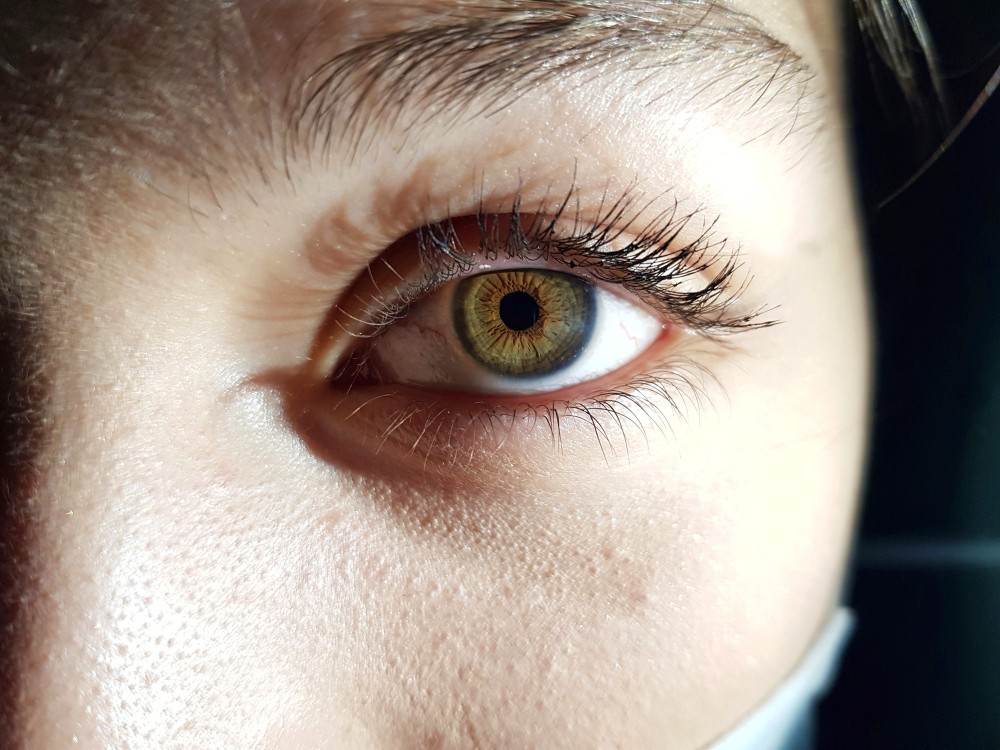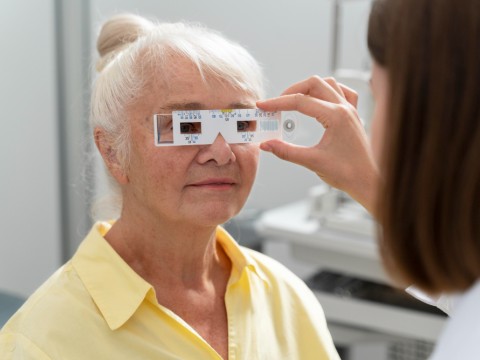Quote of Dünyagöz
Vitrectomy is the surgical procedure for removing vitreous fluid inside the eye. It is one of the most effective treatment methods in so many diseases related to eyes. Indicated especially for diseases of the retina, hemorrhage, or opacification, the aim of this surgery will be to protect eye health and improve visual function. Dunya Goz Hastanesi Antalya takes a leading role with its expertise and technological advancement in this field.
Eye health is related to improving one's quality of life. The conditions which affect eyesight have to be treated properly to avoid any loss of vision. All such needs are dealt with in a professional manner at Dunya Goz Hastanesi.
What is Vitrectomy?
Vitrectomy is a surgical procedure that consists of removing the vitreous fluid inside the eye. Vitrectomy is most usually performed for treating disorders related to retinal detachment, hemorrhage, and vitreous opacities. Usually, in a vitrectomy procedure, one reaches the posterior part of the eyeball, most often under general anesthesia.
This is also done in protecting the retina among other structures and not only in correcting problems that may be inside the eye. Many patients note an improvement in their vision following the procedure of vitrectomy.
Advantages of Dünya Göz Hastanesi
Dünya Göz Hastanesi Antalya acts as a center of specialization for Vitrectomy. Equipped with the latest medical appliances and physicians who specialize in the branch, it offers quality services to its patients. These procedures are performed with modern technologies from which the comfort and safety of the patients benefit.
Special arrangements are made to look after every patient in the hospital. The pre-operative and post-operative process is considered very carefully at every step, taking great care of the patients. This makes them feel secure enough to undergo the entire treatment with relative ease.
Who Is a Candidate for Vitrectomy?
Majorly, the following people come under consideration to undergo vitrectomy:
Retinal Diseases: These include those suffering from detached or torn retina.
Eye Hemorrhages: A person who has suffered from vitreous hemorrhage.
Opacities: Those presenting opacities or blurriness in the vitreous.
All these can be classified as suitable candidates for vitrectomy.
Dünya Göz Hastanesi always follows a critical approach by analyzing a case to select the best treatment method.
Vitrectomy Process
Vitrectomy surgery is variable from patient to patient depending on the condition. It involves a careful consultation in the very first stage. In that session, the condition of the eye, the vision, and all other health issues regarding the patient are considered. Then, the surgeon designs an appropriate treatment for the patient.
It is usually performed under general anesthesia and may take up to 1 to 3 hours. The procedure, involving specialized tools, will provide access behind the eye and take out the vitreous fluid. After that, patients are advised to take a few days of rest.
Postoperative Recovery
The period of recovery from this may vary among the patients. During the first couple of days, which generally subside rather sooner, a few temporary blurriness and mild discomfort may be expected. Most of the patients are able to go back to normal activities after a few weeks. Dünya Göz Hastanesi closely follows-up the patients in this period and informs about the necessary precautions.
Benefits of Vitrectomy
Among the major advantages of vitrectomy are the following:
Improved Vision: A resolution of the problems within the eye improves vision.
Reduced Pain: Pressure and pain within the eye are reduced.
Protection of Eye Health: This helps in retaining the retina and other structures in the eye.
All these benefits point out the importance of a treatment option that is vitrectomy.
Dünya Göz Hastanesi Antalya serves with high-quality services provided by an expert team in the branch of vitrectomy. Eye health directly affects the quality of life. For more detailed information about eye problems, do not hesitate to reach the professional team at Dünya Göz Hastanesi. It is possible to protect the sharpness of your vision and to improve the quality of your life by getting the right treatment. If delivered with appropriate information and expert support, this process can be way easier.
- Health Insurance
-
Accommodation
- Online Healthy Life Assistant 9/5
- Post - Experience Follow Up 6 Month
-
Extra Privileges
- Transfer

- Health Insurance
-
Accommodation
- Online Healthy Life Assistant 24/7
- Post - Experience Follow Up 1 Year
-
Extra Privileges
- Pre-Treatment Doctor Consultation
- Transfer

 Private
Private
- Health Insurance
- Healthy Life Butler
- Post - Experience Follow Up 2 Year
- World-Famous Doctor Consultation
-
Extra Privileges
No suitable hotel found for the relevant dates!
* Price varies depending on extra and upgrade selections.
Retinal diseases refer to various conditions that occur in the retina, the light-sensitive tissue at the back of the eye. These diseases are characterized by damage to or impairment of the retina cells.
Symptoms of retinal diseases vary depending on the type and severity of the disease. However, common symptoms include vision loss, blurry vision, flashes of light, or spots.
Treatment for retinal tears usually involves closing the tears to prevent retinal detachment, often requiring laser therapy or surgical intervention. The treatment is determined based on the size, location of the tear, and the patient's overall eye health.
Some retinal diseases can be prevented or their progression can be slowed down. This includes regular eye exams, adopting healthy lifestyle habits (such as not smoking, balanced diet, exercising), and controlling systemic diseases like diabetes.




